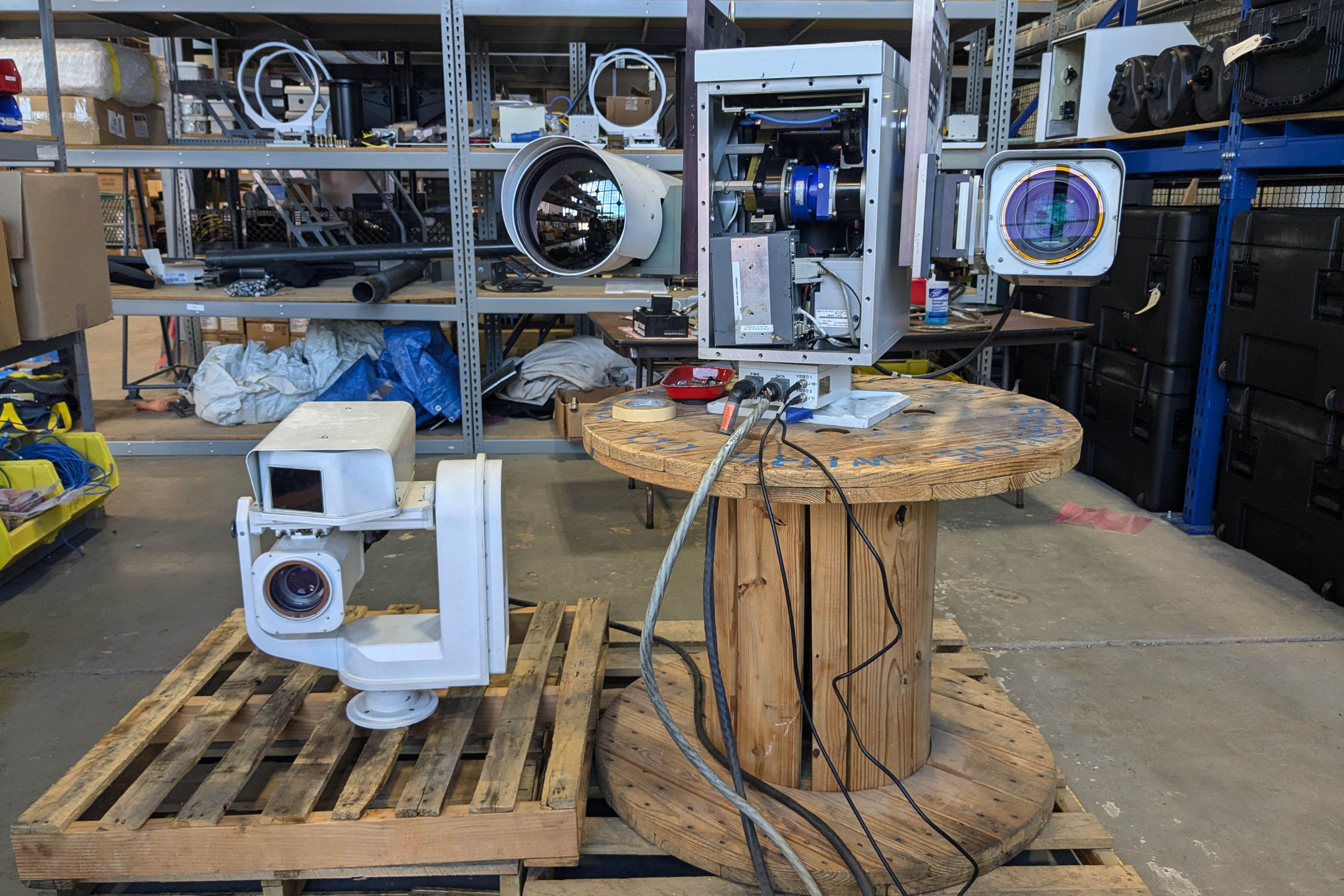
The U.S. Department of Defense (DOD) just deployed a camera system that uses an artificial intelligence-based visual recognition and identification system called the Enhanced Regional Situational Awareness (ERSA) system. The DOD says that the ERSA system is closely monitored by the Eastern Air Defense Sector (EADS), based in Rome, New York and some 300 miles north of the White House. If the Joint Air Defense Operations Center (JADOC) based in Joint Base Anacostia-Bolling cannot determine the identity of radar contact, it will use the AI-equipped cameras to visually check the approaching bogey.
“If we need to validate some radar data that we can’t for sure say what it is, we can utilize the camera system as an asset to look in that set location to assist in the validation process,” says Air Force Master Sgt. Kendrick Wilburn, the non-commissioned officer-in-charge of capabilities and requirements at JADOC. If the operators of the ERSA determine that the unidentified aerial vehicle is a threat, it could then warn the unauthorized traffic to change direction and get out of the Washington metropolitan’s Special Flight Rules Area.

These AI-capable cameras are equipped with electro-optical systems for visual identification, as well as infrared cameras for use at night and low-visibility situations. It also has an eye-safe laser range finder and a warning system that illuminates the cockpit of erring aircraft with red and green lasers. These are more affordable options for interdicting errant aircraft compared to sending two F-16s up in the air for an intercept mission.
Aside from those features, the ERSA system also has machine learning capabilities, making it much more capable at tracking objects with its various locking modes. “The system itself tries to identify what it believes the target to be, and then the operator can assess whether to override it or fine-tune it,” says Wilburn. He also adds, “The camera itself is amazing. We were able to acquire small targets such as a bird flying all kinds of patterns. It locked onto it and held that lock. With the legacies [cameras], you’d have a harder time getting the system to do that.”

Washington, D.C. already has a camera system used for monitoring its air space. It first received this in 2001 after 9/11 and received an upgrade the following year. However, this system stayed in place until the JADOC deployed the ERSA system in 2024. One of the project managers, Marine Corps Maj. Nicholas Ksiazek, likened the upgrade to going from the camera quality of an iPhone 4S to the iPhone 16. Aside from that, the tracking system will make it easier for the operators to follow a tracked object, giving them more time to assess its intentions instead of trying to hold the camera steady on the airplane.
This isn’t the first instance that a military service is using AI in its operations. In fact, the Pentagon has been experimenting with AI technology for a few years now, while Chinese researchers have used Meta’s Llama AI model to build an intelligence chatbot. Let’s just hope that our military leaders do not rely solely on AI for crucial decisions, especially as Jensen himself says that the solution to the AI hallucination problem is still several years away.







